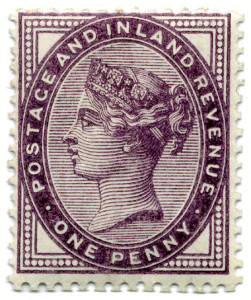We wrap up a happy week of delivering baked goods and perishables with a few last minute tips in making sure that your confectioneries reach the recipient in top condition.
Easier to Ship
Certain types of baked goods are easier to ship than others. Layer cakes and fragile goods like meringues are not recommended when sending things by post, although with meringues if you absolutely have to send them, sometimes freezing them works better and keeping them packed in cold storage, because this decreases of their chances of breaking in transit.
Moist breads, cookies and fudges and caramels are good for shipping as they are flexible and heavier and are less likely to break or ruin if they are thrown about a bit when being posted. Still place a ‘fragile’ sticker on all baked goods to prevent any cookies or muffins being ground into dust though!
Be Careful of Mixing Flavours
Strong flavours tend to overpower others especially if they are kept in the same space for extended periods of time. If you are thinking of sending gingerbread cookies or cookies with other strong flavours with more mild flavours, try to package them in separate boxes as the milder flavours can be overpowered by the stronger ones.
For more information on the level of services we can provide throughout the UK and worldwide, please contact RAND Logistics. With a well established network sending parcels throughout the world, from Italy to New Zealand and anywhere in between, RAND Logistics is the only courier to choose.



 Embossed postage stamps were also used, in a variety of octagonal designs. The age of the Penny Red came to an end in 1880 along with the start of the new surface printed stamps. The Penny Lilac was issued subsequently in 1881 and lasted until the end of Victoria’s reign in 1901. The Penny Lilac was also the first stamp issued that was valid as both a postal stamp and a revenue stamp; used to collect taxes or fees on documents.
Embossed postage stamps were also used, in a variety of octagonal designs. The age of the Penny Red came to an end in 1880 along with the start of the new surface printed stamps. The Penny Lilac was issued subsequently in 1881 and lasted until the end of Victoria’s reign in 1901. The Penny Lilac was also the first stamp issued that was valid as both a postal stamp and a revenue stamp; used to collect taxes or fees on documents.